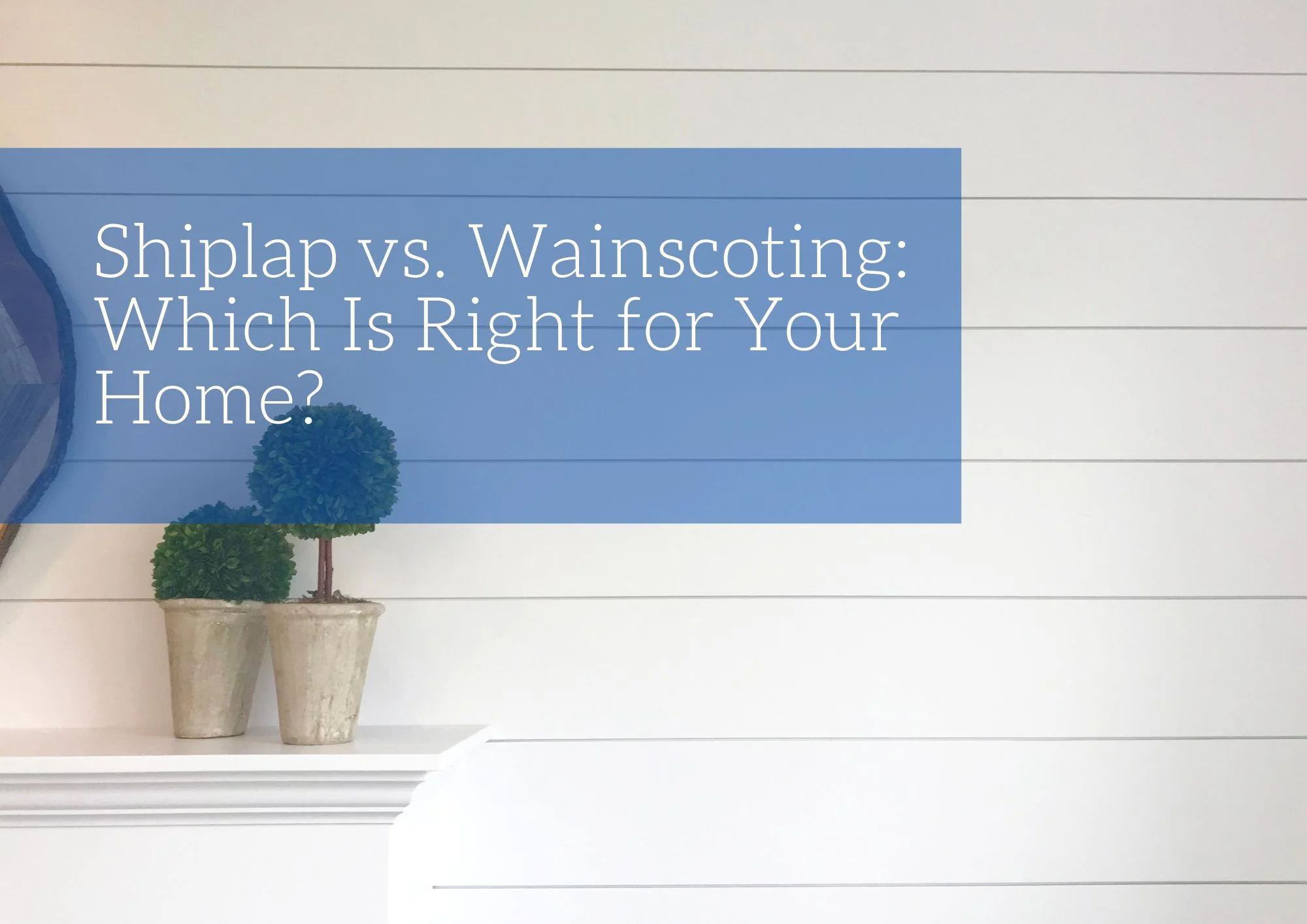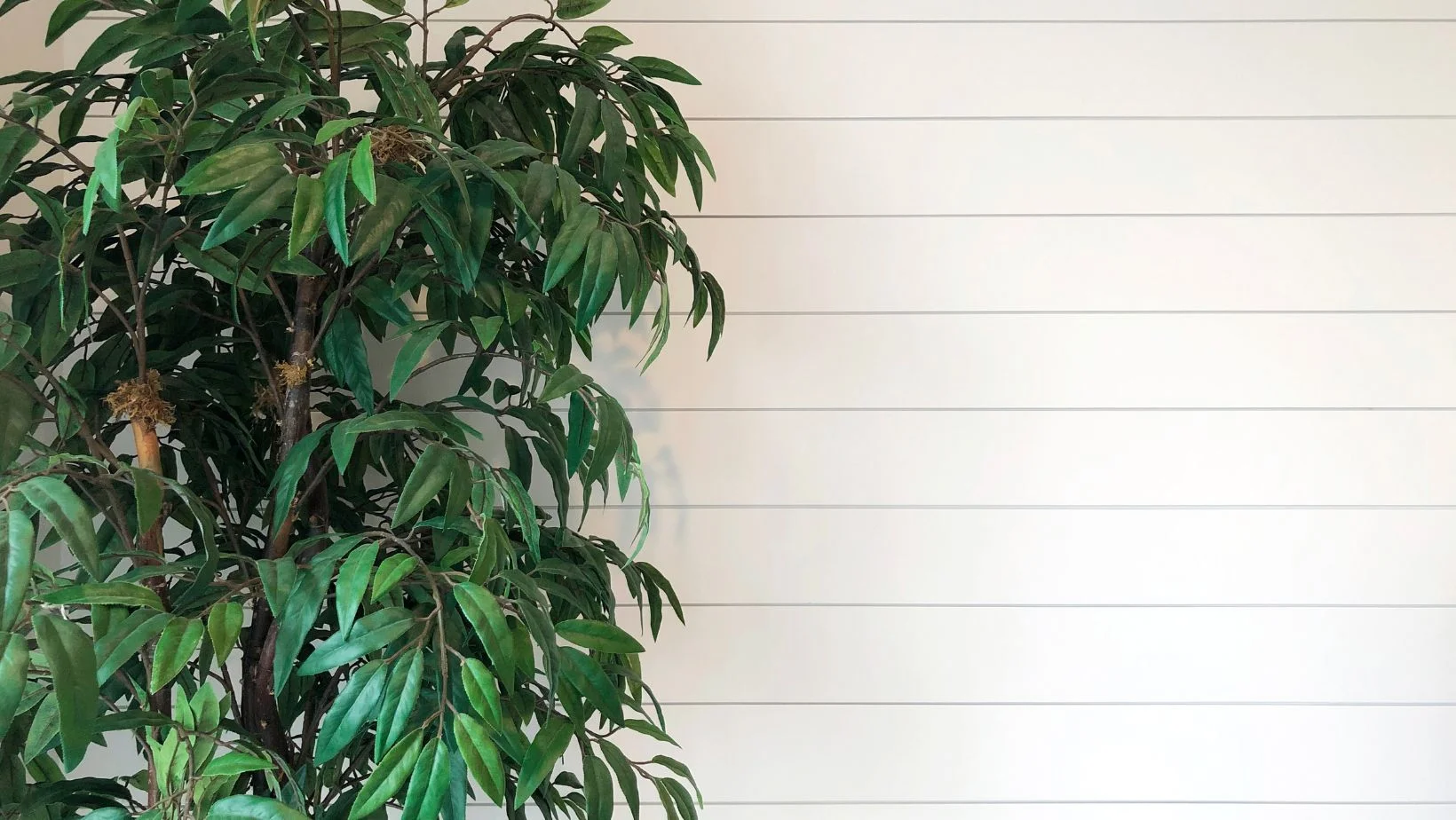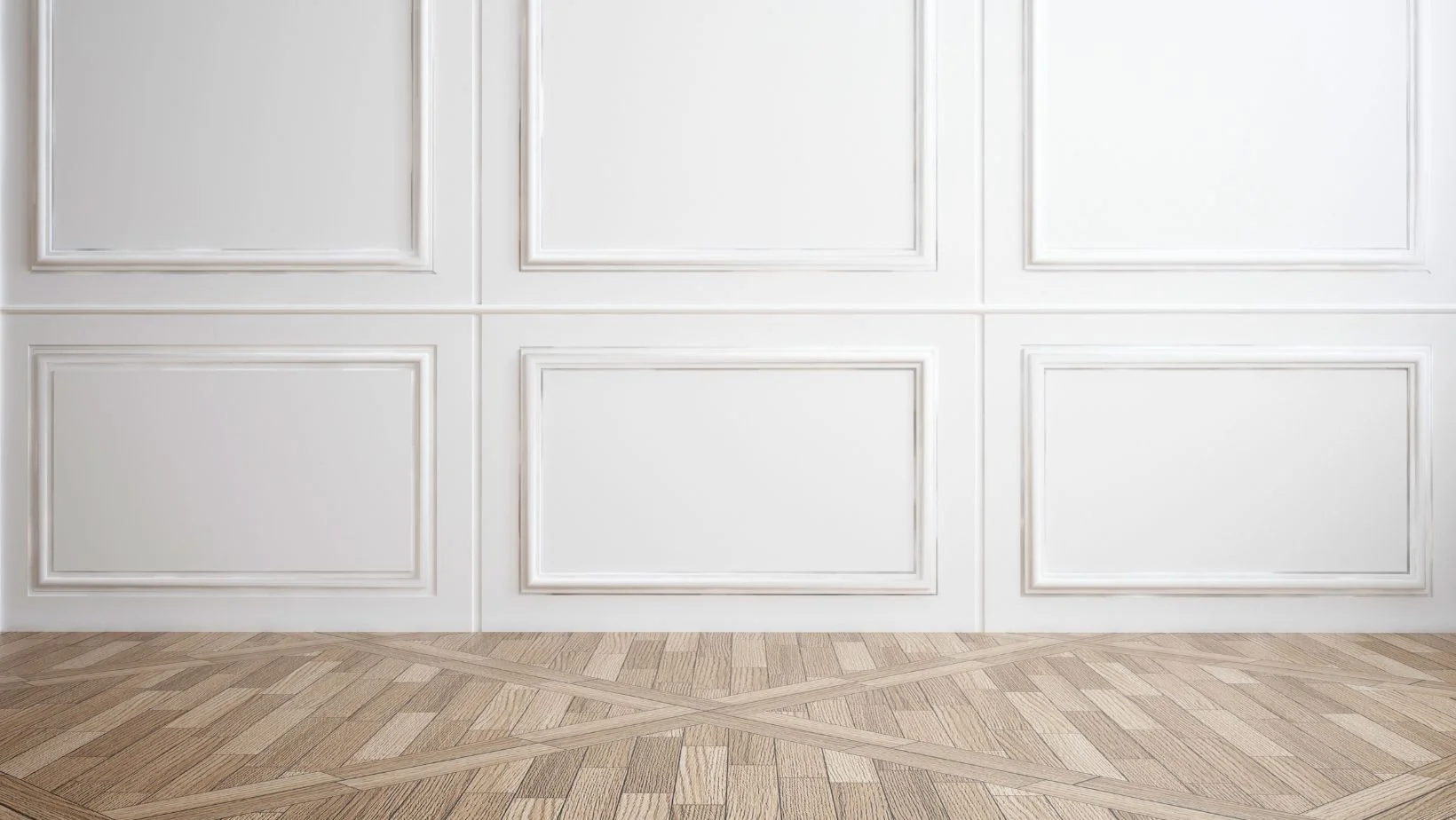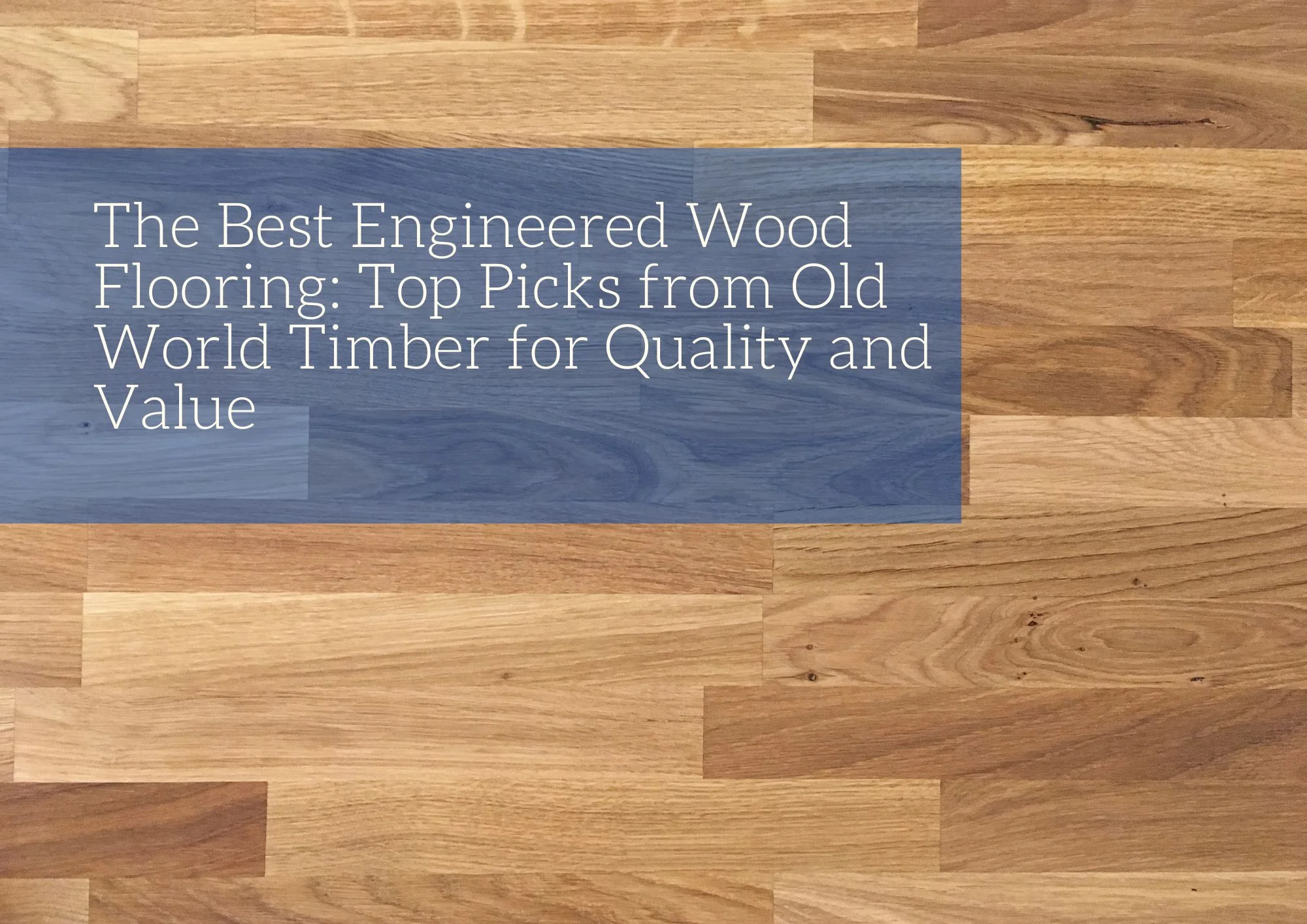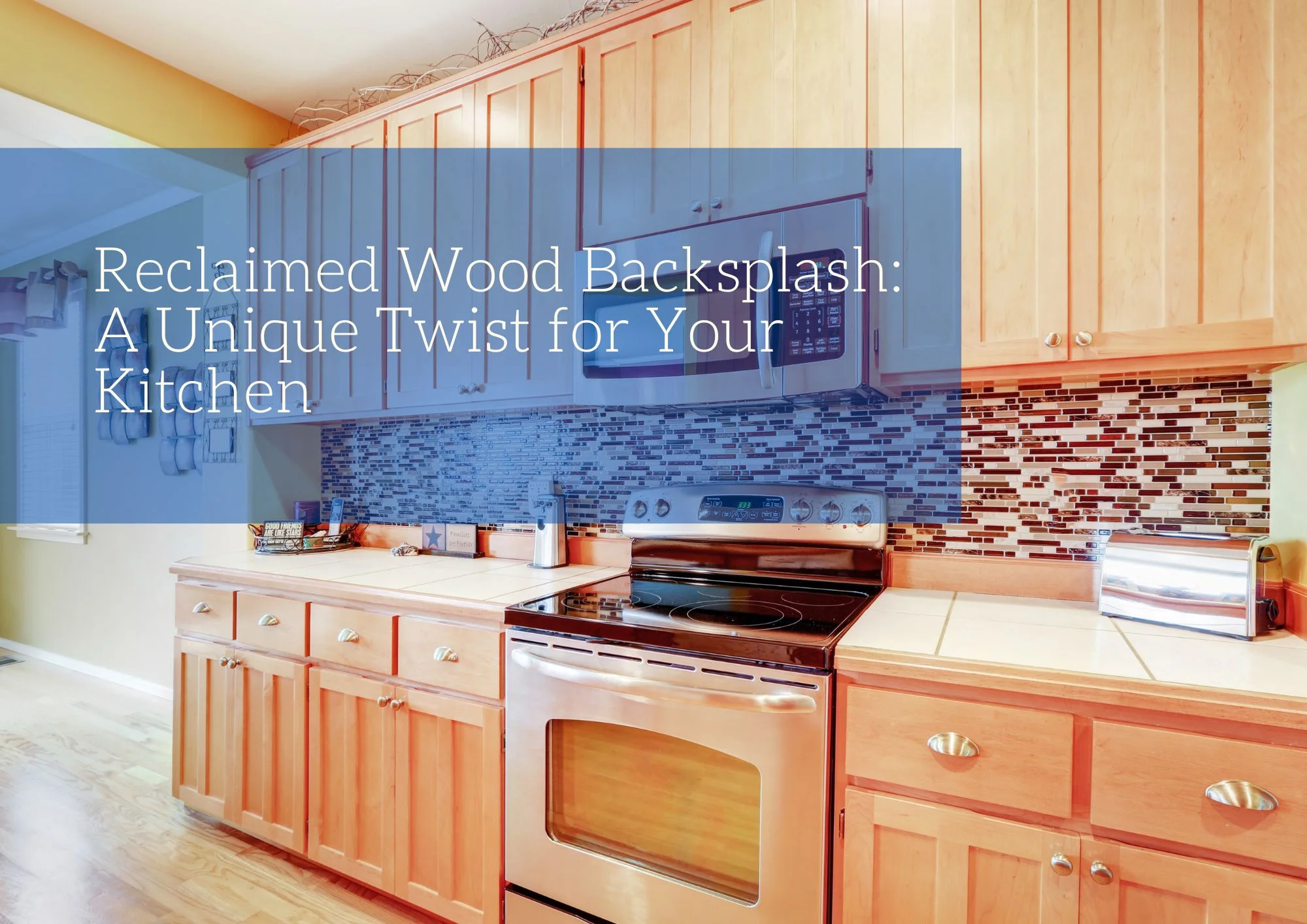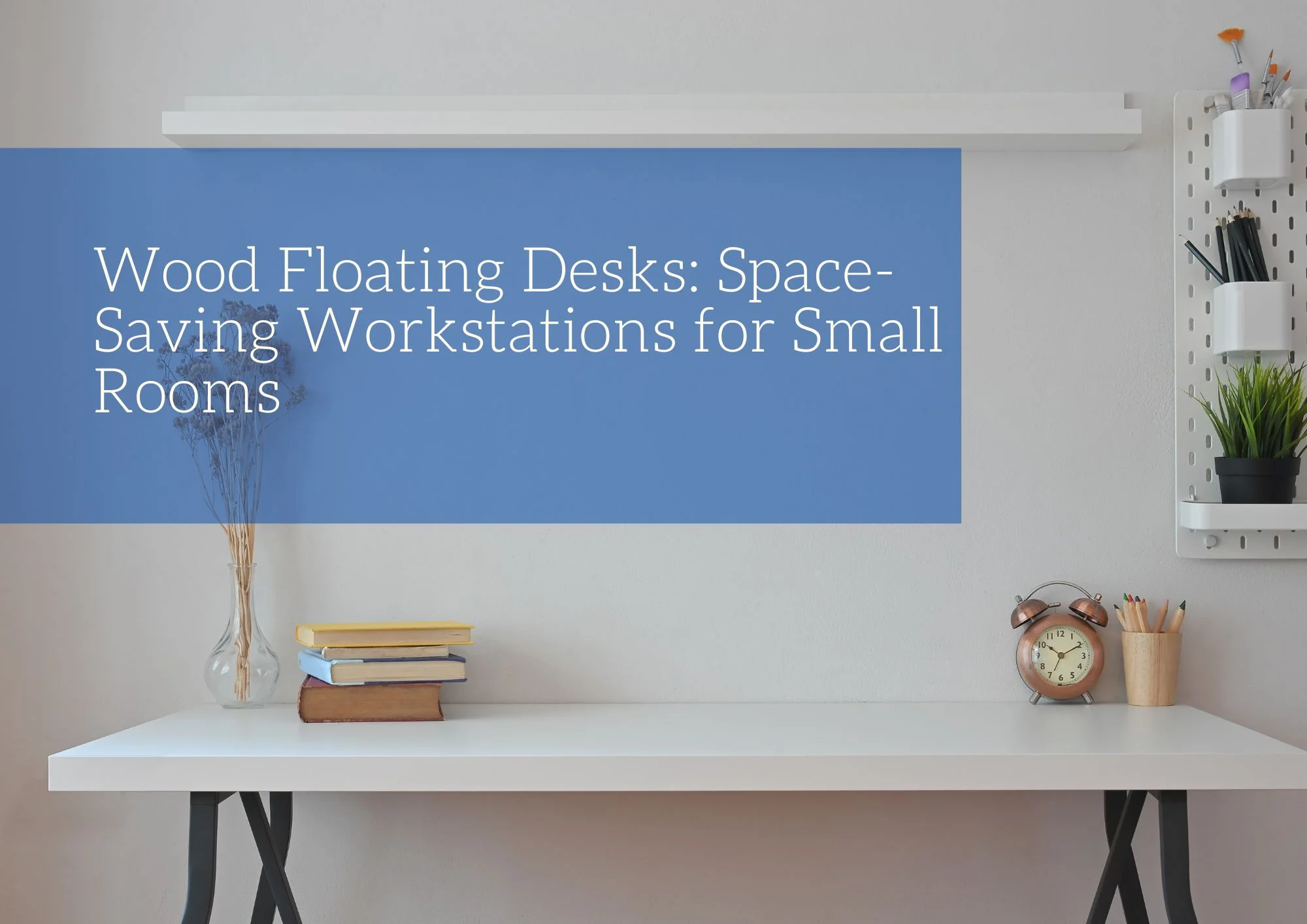When it comes to enhancing and adorning your home’s interior, the choice between shiplap and wainscoting can be a tough one. Both offer unique aesthetic and functional benefits, but which one is the right fit for your space? In this blog, we’ll explore the characteristics of shiplap and wainscoting, their benefits, and tips for deciding which option is best for your home.
What is Shiplap?
Shiplap is a type of wooden board commonly used in construction, particularly as exterior siding, walls, and ceilings. It features a distinctive design characterized by a rabbet (groove) cut at the top and bottom edges of each board, allowing them to overlap and form a tight, weatherproof seal when installed. This overlapping joint design not only provides structural strength but also offers a stylish and versatile look.
Applications and Aesthetics
In modern interior design, shiplap is often used to create rustic, textured shiplap walls and ceilings. It can be painted, stained, or left in its natural state, and is typically installed horizontally, although vertical installations are also common. This versatility allows shiplap to complement various traditional or contemporary design styles.
What is Wainscoting?
Wainscoting is a decorative wall paneling that typically covers the lower portion of a wall. It can be made from wood, MDF, or other materials and often features intricate designs or patterns. Wainscoting dates back to the 16th century and was originally used to insulate and reinforce walls.
Applications and Aesthetics
Wainscoting can be made from a variety of materials, including solid wood, plywood, or even composite materials. Historically, fine-quality oak was commonly used.
The design can vary widely, from simple, flat panels to more elaborate styles featuring raised or recessed patterns. It can be painted or stained to match the room’s decor.
Besides its decorative purpose, wainscoting helps protect walls from damage caused by furniture, dirt, and moisture, making it a practical choice for dining rooms, hallways, and other areas.
Key Differences
- Coverage: Shiplap typically covers entire walls, while wainscoting usually covers the lower portion only.
- Appearance: Shiplap has a more modern, rustic look, while wainscoting tends to be more traditional and formal.
- Installation: Shiplap is generally easier to install as a DIY project compared to some types of wainscoting.
- Cost: Shiplap is often less expensive than wainscoting, especially when comparing basic materials.
- Versatility: Wainscoting offers more variety in terms of styles and patterns, while shiplap walls have a more consistent look.
Choosing the Right Option for Your Home
- Consider Your Home’s Style:
-If you’re aiming for a modern farmhouse, beach cottage, or rustic look, shiplap ceiling or walls might be the perfect choice.
-For a more traditional, elegant, or formal setting, wainscoting is likely the better option.
- Think About the Room’s Function:
-Shiplap works well in living rooms, bedrooms, and kitchens where you want to add warmth and character.
–Wainscoting is ideal for dining rooms, entryways, and bathrooms where you want to protect the walls and add architectural interest.
- Budget and DIY Capabilities:
-Shiplap is generally more budget-friendly and easier to install.
–Wainscoting can be more expensive, especially if you opt for custom designs or professional installation.
Both shiplap and wainscoting can significantly enhance the look of your home by offering their distinct advantages. The key is to choose the option that best aligns with your personal style, the function of the room, and your budget. Whether you opt for the rustic charm of shiplap or the elegant sophistication of wainscoting, either choice is sure to add beauty and character to your space.


